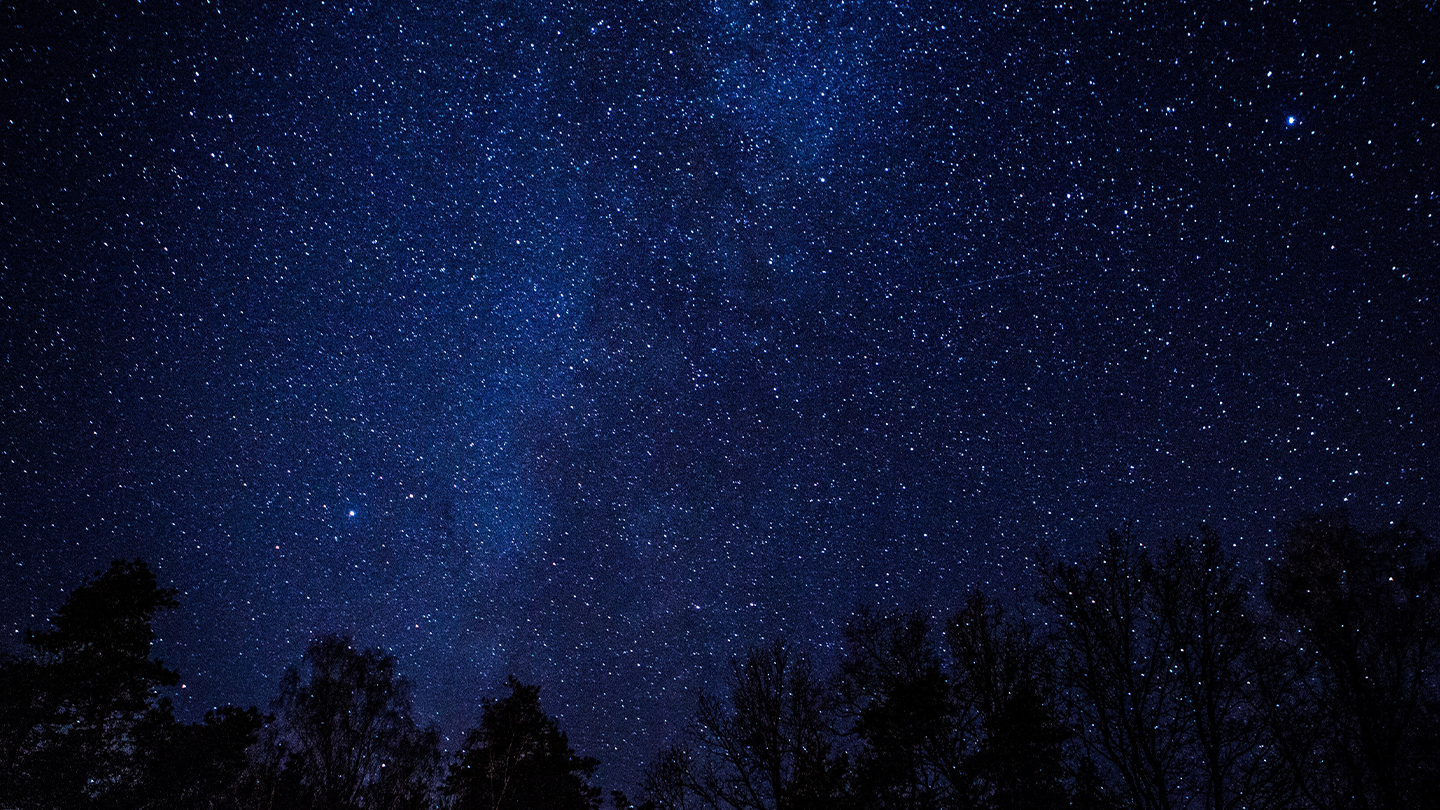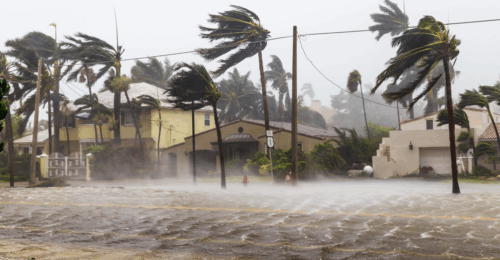Light pollution – a term that refers to the excessive artificial light that permeates the night sky – can significantly impact environmental and human health.
Statistics paint a stark picture: Light pollution affects about 80% of the global population, with 99% of people in the United States and Europe living under light-polluted skies according to DarkSky International. Not only does light pollution obscure our view of the stars, but it also disrupts the natural behavior of wildlife.
The inception of DarkSky International, a nonprofit, was a direct response to the alarming rate at which our starry night skies were disappearing. The organization’s mission has since broadened from its initial focus on preserving stargazing to encompassing educational initiatives and the promotion of responsible lighting. This mission is crucial for the preservation of the natural night environment and the health of nocturnal wildlife, which depend on darkness for survival. There is also a public safety aspect to light pollution. The reality is that brighter lights contribute to blinding glare and darker shadows.

Outdoor nighttime lighting contributes to safety and ambiance when used conscientiously. DarkSky advocates for the use of lighting that causes as little disruption to human and animal life as possible through conscious lighting practices. These practices include using light only when and where needed, making sure bulbs are not visible, and light is pointing downward and using low and warm light instead of blue light. Here’s how it works:
- DarkSky lighting directs light only where it’s needed by fully shielding the light’s bulb. This means the light casts a glow downward while the bulb itself is not visible. This minimizes glare and helps avoid wasting light. DarkSky estimates that 99% of artificial lighting that humans produce is not used by the human eye because it’s not directed where needed. And an added benefit of shielded, or directed, lighting is that it lowers energy consumption because the light emitted is shining only where needed.
- Responsible lighting also includes using the right amount of light. Using bulbs with the lowest level of light whenever possible is ideal. Brighter bulbs are typically not needed with DarkSky lighting because light directed downward where it’s needed works like a spotlight, optimizing the bulb’s glow.
- The color of the bulb also matters. When using LED bulbs, a low-spectrum bulb with a color temperature of 3000 Kelvin or lower is optimal. Warm white or amber color bulbs are ideal, while cool white or daylight colors should be avoided when possible as these bulb colors emit more “blue light”. Blue light mimics daylight, which activates parts of our brain that make us feel awake as if it’s morning. Seeing blue light at night negatively impacts our circadian rhythms, which contributes to sleeplessness, so it’s ideal to avoid this light color for nighttime outdoor lighting.
Communities that have adopted DarkSky ordinances have seen improvements in energy savings and a resurgence in wildlife activity. For instance, after Tucson, Arizona, adopted DarkSky-compliant LEDs, the city reported not only a 63% cut in photopic lumens emitted by street lights, but also a 7% drop in crime rates.
The Home Depot’s range of DarkSky-compliant lighting fixtures represents our commitment to sustainability and environmental responsibility. These products ensure outdoor lighting that is conducive to safety and visibility without contributing to light pollution. We continually seek to offer products that not only light our homes, but also protect our planet. Through responsible lighting choices, we have the power to improve nocturnal habitats, conserve energy and restore the natural rhythms disrupted by light pollution, leading to a more sustainable world.






